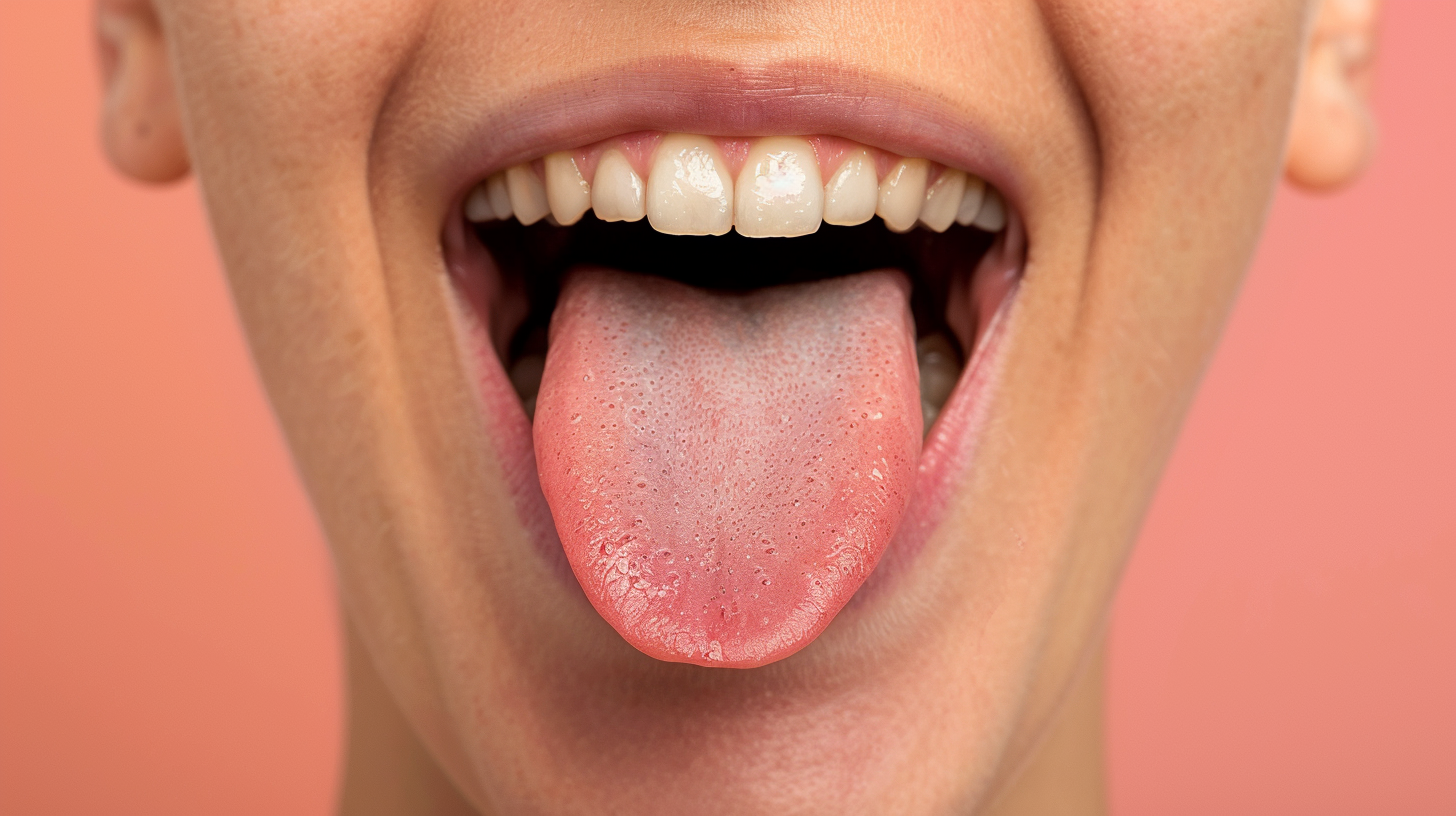Introduction: Pelvic Floor Function Starts at the Top
When patients report incontinence or pelvic instability, most practitioners focus on the pelvis. But at BreatheWorks, we look upstream—to the breath, posture, and alignment that govern core and pelvic floor coordination.
Because when the diaphragm, abdominal wall, and pelvic floor are out of sync, core pressure builds in all the wrong places—leading to dysfunction below.
How Posture Affects Pelvic Floor Health
The core is a pressure system, made up of:
- The diaphragm on top
- The pelvic floor on bottom
- The abdominals and spine around the sides
- And the tongue and mouth as the topmost postural component
Poor posture causes:
- Imbalance in intra-abdominal pressure
- Shallow or reversed breathing patterns
- Overactivity or underuse of pelvic muscles
- Tension in the jaw and hips that co-activate dysfunction
- Compensation that worsens issues like leaking, prolapse, or instability
Real-World Case: A 35-Year-Old Woman with Incontinence and Core Weakness
This patient came to BreatheWorks after childbirth, reporting:
- Mild incontinence when laughing, jumping, or coughing
- Fatigue and back pain with poor posture
- Shortness of breath and shallow breathing during work
- TMJ symptoms and jaw tension
Her evaluation revealed:
- Collapsed posture with a tilted pelvis
- Mouth breathing and low tongue posture
- Reduced coordination between diaphragm and pelvic floor
- Signs of hypermobile joints, especially in hips and spine
Treatment included:
- Myofunctional therapy for oral posture and breath retraining
- Core and postural alignment exercises with pelvic floor cues
- Education on breath-led movement and pressure regulation
- Collaboration with a pelvic floor PT and OB-GYN
Results after 8 weeks:
- Full control restored during exercise and coughing
- Increased trunk stability and energy
- Resolved jaw pain and improved core strength
- Patient reported “feeling put back together again”
Why the Mouth and Jaw Matter for Pelvic Health
Surprisingly, jaw clenching and mouth breathing can worsen pelvic issues. This is because:
- Tongue posture affects spinal alignment
- TMJ dysfunction alters head and neck stability
- Mouth breathing increases upper chest pressure and disrupts intra-abdominal balance
- Tension in the jaw often mirrors tension in the hips and pelvic floor
This brain-body connection makes speech-language pathology and pelvic care natural partners.
How BreatheWorks Supports Core and Pelvic Floor Through Postural Therapy
✅ Myofunctional therapy to align oral and respiratory posture
✅ Breathwork to coordinate diaphragm and pelvic floor function
✅ Collaboration with pelvic floor PTs, OBs, and fitness professionals
✅ Education on ergonomics, breath-led movement, and pressure regulation
✅ Whole-body care that improves continence, strength, and mobility
Signs Your Pelvic Issues May Be Postural
- Leaking when coughing, sneezing, or lifting
- Shallow breathing or jaw clenching
- Frequent tension in hips or low back
- History of TMJ dysfunction or mouth breathing
- Feeling disconnected from the core
- Diagnosed hypermobile Ehlers-Danlos syndrome or related joint laxity
Key Takeaways
- Pelvic floor function depends on full-body posture, not just kegels
- Breathing patterns and jaw posture shape pressure regulation
- Myofunctional therapy and postural therapy enhance pelvic floor coordination
- BreatheWorks supports women, athletes, and aging adults with whole-body pelvic health



